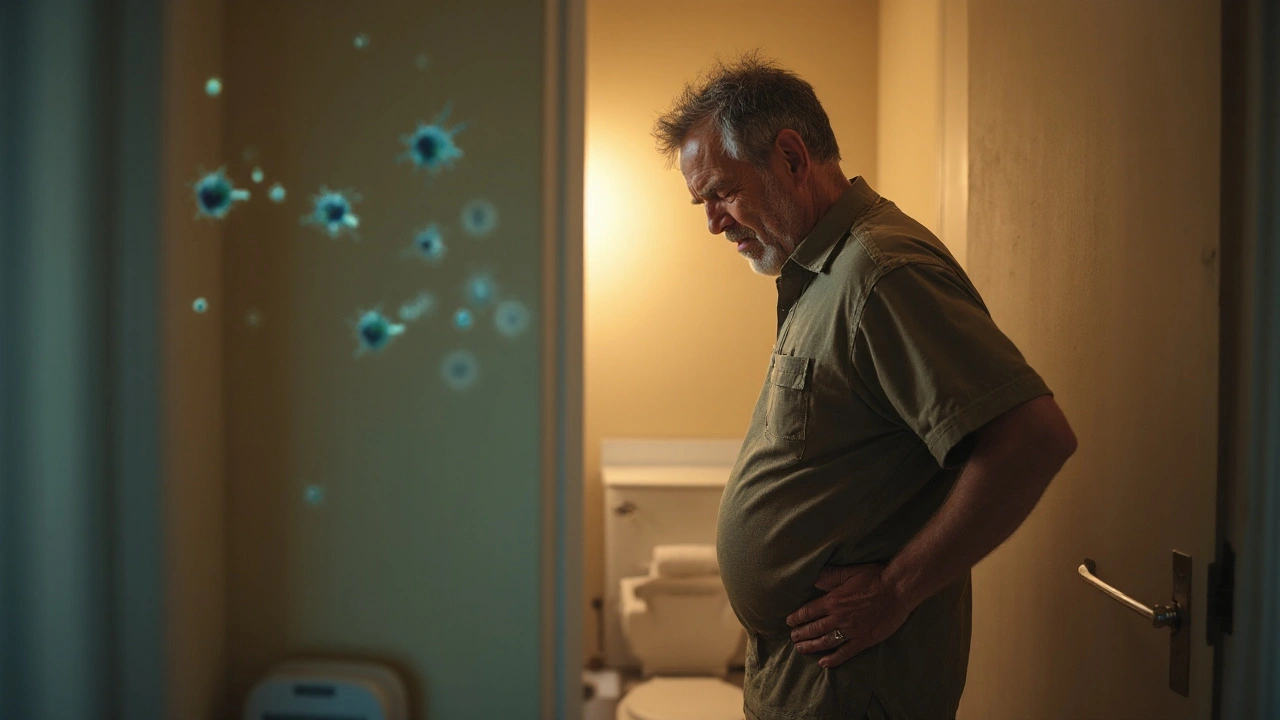Urinary Tract Infection (UTI) – What You Need to Know
If you’ve ever felt a burning pinch when you pee, you’ve probably had a UTI. It’s a very common infection that can hit anyone, but especially women. The good news is you can spot it early, treat it quickly, and even avoid the most common antibiotics if they aren’t a good fit for you.
What is a UTI and how does it happen?
A UTI is an infection anywhere in your urinary system – kidneys, bladder, ureters or urethra. Most of the time it starts in the bladder (cystitis) when bacteria from the gut, skin or vagina travel up the urethra. Things that make that easier include holding urine for too long, not wiping front‑to‑back, or using irritating soaps.
Typical symptoms show up within a day or two and include:
- Burning or stinging during urination
- Frequent urge to go, even if only a little comes out
- Cloudy, dark, or foul‑smelling urine
- Lower‑abdominal pressure or mild pain
- Sometimes a low‑grade fever
If you notice any of these, don’t wait for them to disappear on their own. A quick urine test at a pharmacy or doctor’s office can confirm the infection and tell which bacteria are involved.
Treatment options and alternatives
Doctors usually prescribe an 3‑day course of antibiotics. The classic choice has been cephalexin, but it isn’t always the best option. Some people are allergic, some bacteria are resistant, and sometimes you just want to avoid a broad‑spectrum drug.
Here are three evidence‑backed alternatives that work well for most uncomplicated UTIs:
- Nitrofurantoin (Macrobid) – Taken twice a day for five days. It concentrates in the urine, so it hits the bug where it lives. It’s safe for most adults but should be avoided if you have poor kidney function.
- Fosfomycin (Monurol) – A single dose powder you dissolve in water. Perfect for busy people who hate taking pills. It works against many common UTI bacteria, though it’s a bit pricier.
- Pivmecillinam – A three‑day course taken twice daily. It’s popular in Europe and has a low side‑effect profile. Not available everywhere in the US, but worth asking your pharmacist about.
All three have similar cure rates to cephalexin for uncomplicated cases, and they’re easier on the gut microbiome.
Besides antibiotics, you can boost recovery with simple home steps:
- Drink plenty of water – aim for at least eight glasses a day.
- Take a probiotic after finishing antibiotics to restore good bacteria.
- Avoid caffeine, alcohol, and spicy foods while symptoms last.
- Urinate soon after sex to flush out any introduced bacteria.
If symptoms linger beyond three days after finishing meds, or you develop fever, back pain, or blood in the urine, call your doctor right away. Those signs could mean the infection has moved to the kidneys and needs a different approach.
Prevention is key. Keep the area clean, stay hydrated, and don’t hold urine for long periods. For people with recurrent UTIs, a low‑dose antibiotic taken after intercourse or a daily probiotic can cut the odds dramatically.
Bottom line: UTIs are common, treatable, and often preventable. Knowing the signs, getting prompt testing, and discussing the right antibiotic – whether it’s nitrofurantoin, fosfomycin, or pivmecillinam – puts you in control of your health.


